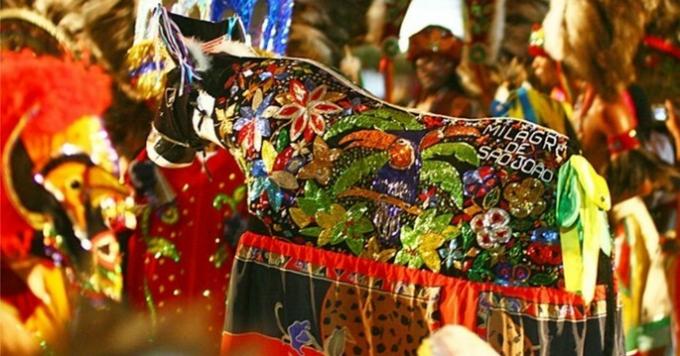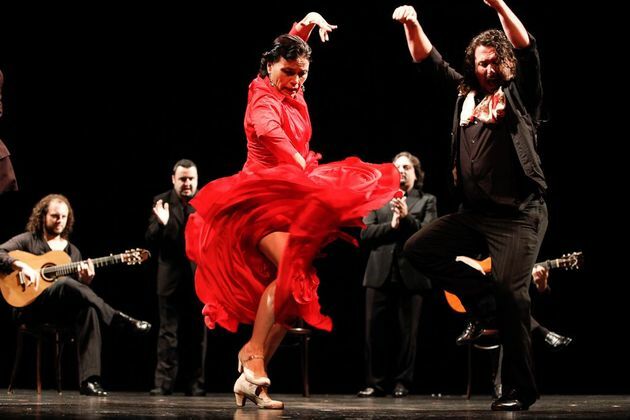At folk dances represent a set of social dances, peculiar to each Brazilian state, originating from ancient magical and religious rituals.
Folk dances have several functions such as the commemoration of religious dates, tributes, thanks, greetings to spiritual forces, etc.
Main Folk Dances
In Brazil, Brazilian folklore has many dances that represent the traditions and cultures of a particular region.
In the country, folk dances arose from the fusion of European, indigenous and African cultures. They are celebrated in popular festivals characterized by representative music, costumes and scenery.
Check out the main folk dances Brazilian:
Boom my ox
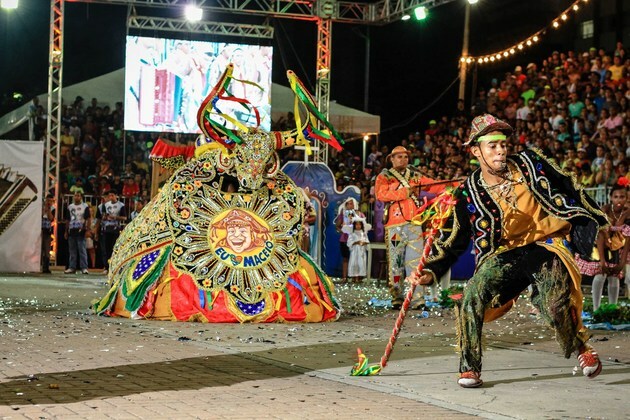
This folk dance, known in other Brazilian regions as the boi-bumbá, is typical of the north and northeast.
O Boom my ox it has a diverse origin, as it presents traces of Spanish, Portuguese, African and indigenous cultures.
It is a dance in which theatrical representation is a striking factor. Thus, the story of the life and death of the ox is recounted as the characters perform their dances.
You may also be interested in: Northeast culture and Northern Culture
Samba de Roda
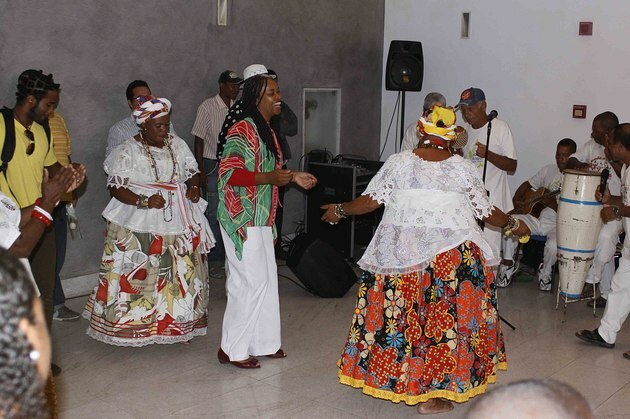
O samba de roda it appeared in the state of Bahia in the 19th century and represents a dance associated with capoeira and the cult of the orixás.
It emerged as a way of preserving the culture of African slaves. The samba de roda is a samba variant, which although it has spread to various parts of Brazil, is traditional in the Recôncavo Baiano region.
We are sure these articles can help you even more: History of Samba and Capoeira: what it is, origin, history, Angola and Regional
Frevo

O frevo is a typical dance of Pernambuco carnival emerged in the nineteenth century. Unlike other carnival marchinhas, it is characterized by the absence of letters where dancers hold small colorful umbrellas as a choreographic element.
The word "frevo" comes from the verb "to boil", representing, in this way, particularities of this excessively frenetic dance.
Maracatu
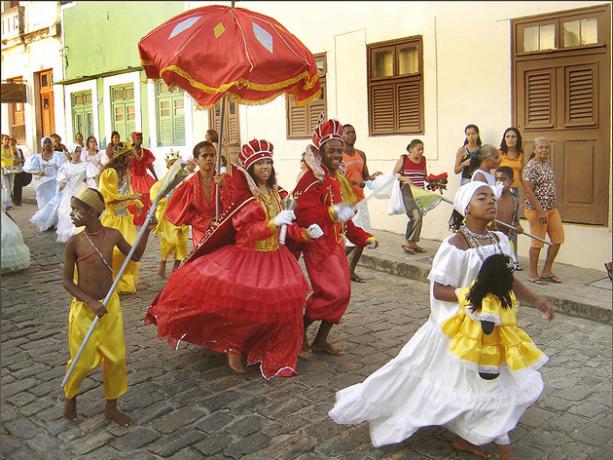
O maracatu, an African term that means "dance" or "batuque", is a typical dance from the northeast region with great emphasis on the Pernambuco region.
This rhythm and dance have strong religious characteristics, composed of a mixture of indigenous, European and Afro-Brazilian elements.
baião

Baião is a dance and song typical of northeastern Brazil that was originally influenced by indigenous dances and country music.
With movements that approach forró, the baião is danced in pairs and its theme is based on the daily life and on the difficulties of life of northeastern people.
Gang

THE gang it was popularized in Brazil from the 19th century onwards under the influence of the Portuguese Court.
It is a typical dance of the June festivals, danced in pairs of couples dressed in typical country clothes. Currently, the gang covers all regions of Brazil.
Catira
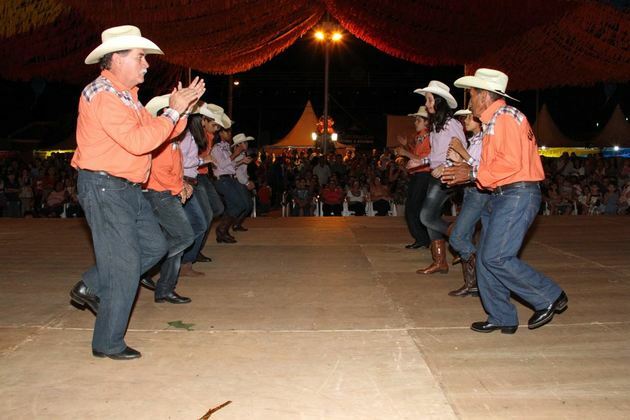
Catira or cateretê is a folk dance present in several Brazilian states. There are controversies regarding its origin, however, it is believed that it contains indigenous, African, Spanish and Portuguese influences.
Catira has many elements linked to the country culture characterized by the costumes of dancers accompanied by the sound of violas.
jongo

Folk dance of African origin and in some places it is known by the name "caxambu". Jongo is a dance from the countryside, accompanied by percussion instruments. It is often considered a variant of samba.
Other Brazilian Folk Dances
- Tootsy
- Xote (Xote Carreirinho, Xote Bragantino, Xote Duas Damas)
- Syrian Dance
- ribbon dance
- Pastoral
- Reisado
- Caire
- fandango
- beat thigh
- Stamp
- marabas
- Lundu
- sailor
- Xaxado
- pericom
- Ticumbi
- foul
- congada
- Coconut Alagoas
- Matuto's Samba
- Batuque
- Papaya Ox Dance
Curiosity
It was Luís Gonzaga (1912-1989), Pernambuco accordion player and popular Brazilian composer, who was the great promoter of Baião, Xote and Xaxado. Therefore, he is popularly known as the “Rei do Baião”.
Folk Dances of the World
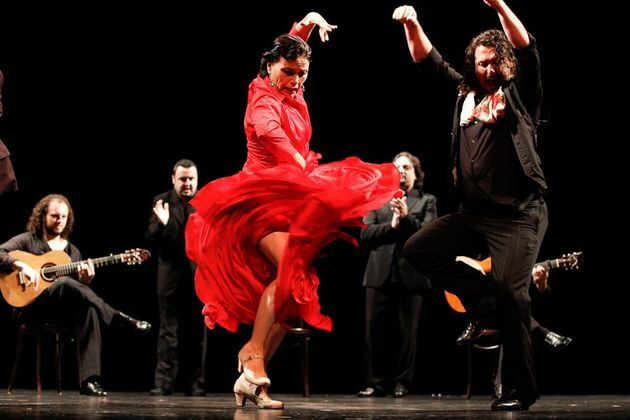
All countries have their folk dances, for example, the spanish flamenco, the Italian tarantella, the argentine tango, the Portuguese fandango, etc.
Don't stop there. There are more texts very useful for you:
- what is folklore
- History of Dance in Brazil
- dance history


